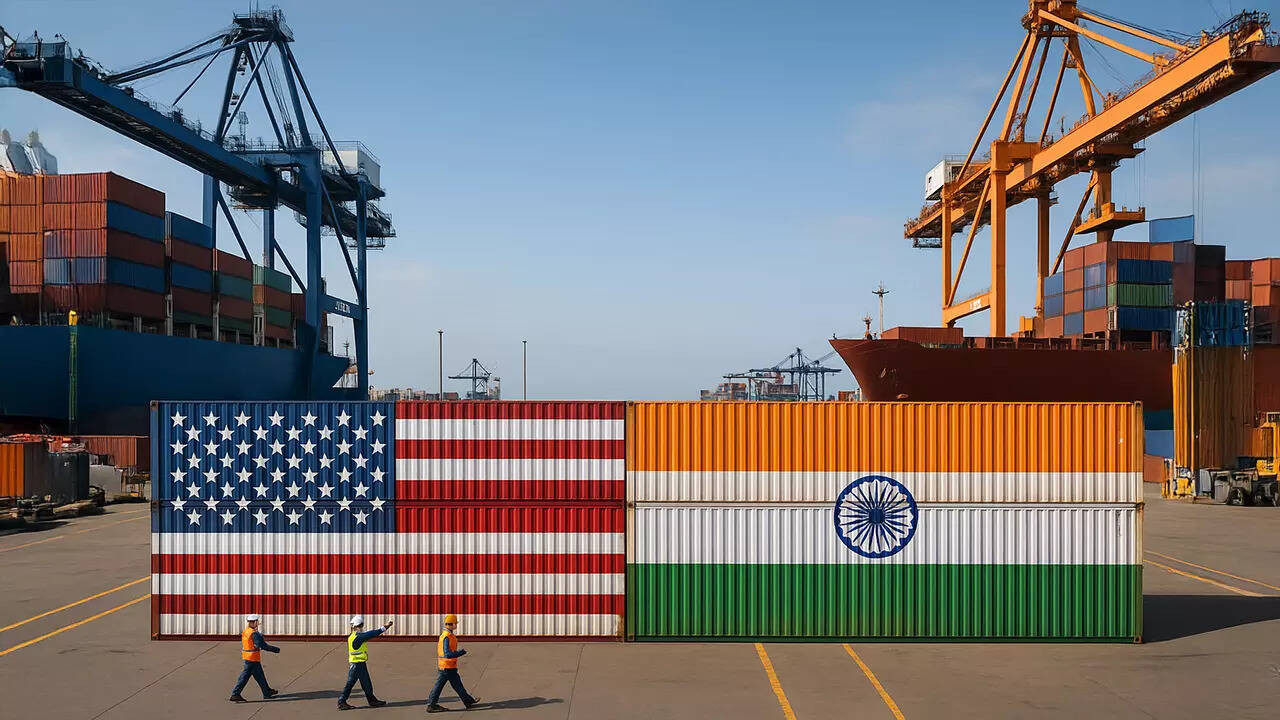India-US trade deal: American President Trump aims for US market access into India, similar to the Indonesia trade deal. However, India seeks even lower tariffs, below Indonesia’s 19%. Negotiations are underway, targeting rates under 20%, potentially even below 10%.
Navigating the Murky Waters of a Potential India-US Trade Deal
The whispers around a potential trade deal between India and the United States have grown louder in recent weeks. What was once speculation is now a tangible discussion, fraught with complexities and brimming with potential. But as negotiators delve into the nitty-gritty, it’s clear that India is playing a strategic game, aiming not just for a deal, but for a deal that gives them a competitive edge.
At the heart of India’s strategy lies the desire to secure tariff rates lower than those currently enjoyed by Indonesia. This isn’t simply about parity; it’s about positioning India as a more attractive destination for American businesses and investors. Think of it as a high-stakes poker game where India is carefully studying its hand, assessing the competition, and making calculated bets.
Why is India Pushing for Favorable Tariff Rates?
The answer boils down to economics and global competitiveness. In today’s interconnected world, trade agreements are the lifeblood of economic growth. Lower tariffs translate directly into lower costs for businesses, making Indian exports more competitive in the US market. This, in turn, can lead to increased exports, job creation, and overall economic prosperity.
Furthermore, offering better terms than Indonesia, a key player in Southeast Asia, sends a powerful signal to American companies considering expansion or diversification. It positions India as the preferred partner, highlighting its commitment to fostering a business-friendly environment. This could have a ripple effect, attracting more foreign direct investment and boosting India’s manufacturing sector.

The Challenges Ahead in Securing a Trade Agreement
Of course, securing such favorable terms won’t be a walk in the park. Trade negotiations are notoriously complex, involving numerous stakeholders with competing interests. The US side will undoubtedly have its own set of demands and priorities, potentially including greater access to the Indian market for American agricultural products and intellectual property protection.
One area of friction could be related to intellectual property. The US has long been concerned about IP protection in India. Any trade deal would need to address this issue satisfactorily, which might mean changes to Indian laws and regulations.
The political climate in both countries also plays a significant role. Upcoming elections in the US, for example, could inject uncertainty into the negotiations and influence the Trump administration’s willingness to compromise. Likewise, domestic political considerations in India could shape the government’s negotiating stance.
What’s at Stake for Both Nations?
For India, a favorable India US trade deal could unlock significant economic opportunities, boosting exports, attracting investment, and creating jobs. It would also solidify India’s position as a major player in the global economy.
For the United States, a trade deal with India offers access to a vast and rapidly growing market. With a population of over 1.4 billion people, India represents a huge potential customer base for American goods and services. Moreover, strengthening economic ties with India would bolster the US’s strategic presence in the Indo-Pacific region, a region of increasing geopolitical importance.
Read more about India’s growing economy and its impact on global trade here.
The Road Ahead
The coming months will be crucial in determining whether India and the US can reach a mutually beneficial trade agreement. While the path ahead is undoubtedly challenging, the potential rewards are substantial for both nations. Navigating these complexities will require skillful diplomacy, a willingness to compromise, and a clear understanding of each other’s priorities. The outcome of these negotiations could reshape the economic landscape for years to come, impacting businesses, consumers, and the overall global economy. It’s a situation worth watching closely.
##
URL Slug: india-us-trade-deal







